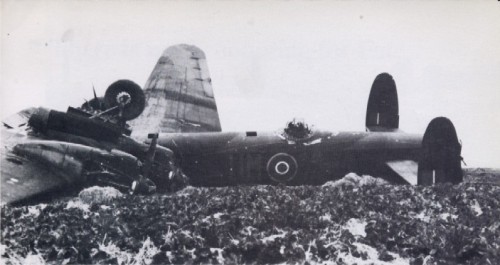Apparently, when I was a baby and then a toddler, my Dad used to take me to see the local football team play. They were called Gresley Rovers, and their ground, the Moat Ground, was in Moat Street, Church Gresley, a little village in South Derbyshire. Here’s their stadium in 1972:

I don’t remember any of that, but I do remember my first match watching Derby County, a team who were in Division 2 at the time.
They used to play at the Baseball Ground, so-called because unsuccessful efforts had been made to introduce this popular American sport here around 1900. The stadium was surrounded by thousands of Victorian terraced houses. They’ve moved since then:

The game was on Monday, November 14th 1960. They were playing Norwich City, the Canaries, and so-called because they played in yellow shirts. This was the first step in a journey which I finally called a halt to in 1997, tired of my money being taken for very little worth watching.
I did a little bit of research about that Norwich game recently. The Derby team was:
Adlington, Barrowcliffe, Conwell, Mike Smith, Upton, Curry, Fagan, Swallow, Hutchinson, Parry, Hall.
I have not been able to trace the Norwich team, yet, although the Norwich manager was Archibald Macauley.
The game was a League Cup, third round game, and here is the cover of the programme:

Later, I wrote the score on the cover. Derby County gave me some sublime highs, but they certainly made you pay, both with your cash, but worse than that, with your hopes:

Inside the programme were the teams, with the players expected to play:

And here is the Norwich City team, with the players expected to play:

Nobody in these teams is famous nowadays, at least, not outside their own club. The programme contained pen-pictures of the visiting players. These three were selected as being typical of the fifteen or so in the programme. The thought to carry with you is that, for John Richards, Bobby Brennan or Derrick Lythgoe, this could have been the greatest moment of their lives:

There was a League Division 2 table, providing a check on how well the 22 clubs were doing:

The abbreviations Utd, A, O, T, T,C stand for “United”, “Argyle”, “Orient”, “Town”, “Town” and “City”.
The intervening 61 years have not treated all of the teams above very well. There were also lists of the leading goal scorers in each division.

Brian Clough, of Middlesbrough, would one day become manager of both Derby County and their local rivals, Nottingham Forest. He led them to unbelievable glories. Today, a statue has been put up to him in Nottingham:

The programme also contained the results of past matches that season.

And finally, there were the advertisements, often for rather strange things, given that the spectators had all gathered to watch a football match:

Although you might want to fly to Luxembourg after watching your team lose 4-1 !!

Now here’s a trip back in aviation history !








 You can find the lyrics and a link to the video with the tune,
You can find the lyrics and a link to the video with the tune, 



















